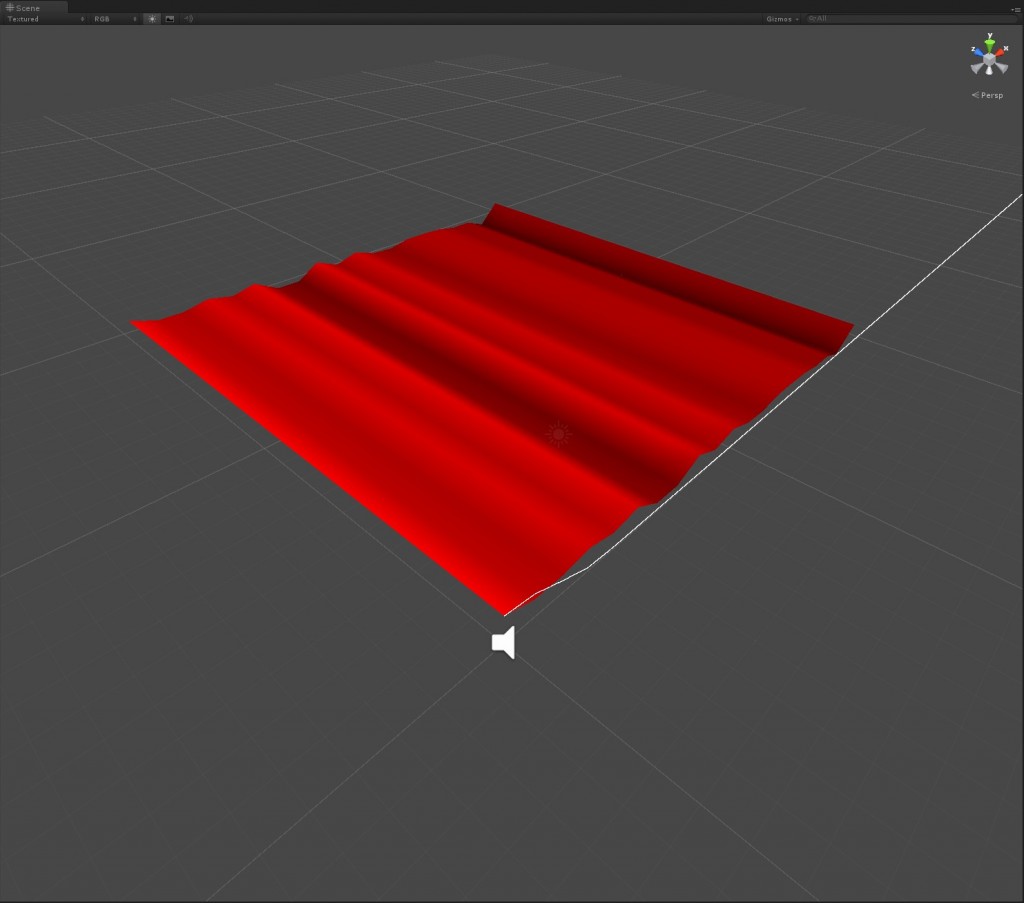We resumed the second week carrying forward the momentum from out first week. Having worked over the weekend on the various ideas we would present Dr. Thomas, we first presented these ideas to our advisors, John and Shirley to get their feedback about them. They advised us not to restrict our scope and present as many diverse ideas as possible. We also met with Jesse Schell, who mentioned that one of the basic hurdles to cross is to convince the audience that whatever visuals they are watching are being created at real-time and are not pre-rendered. He also advised us to keep whatever we do simple, yet innovative and interesting.
On Tuesday, January 21, we presented our client with our multitude of ideas via Skype. While Dr. Thomas was overwhelmed with our entire repertoire of ideas, she expressed interest and enthusiasm in pursuing most of the ideas. One of the ideas that she wasn’t very enthusiastic about was about having the musicians moving about, driving a live camera feed.
On Wednesday, we got to see our first basic visual prototype, courtesy Victor. We could see our vocals or a piece of music driving a 3D cloth model in real-time. This proved that our basic goal to convert sound into electronic signals was achievable and that we could go further ahead from here. We also had a branding review, where our artist Nayoung exhibited some of her concepts and we collectively gave her some constructive feedback. We also received an interesting email from our client, Dr. Thomas, wherein she further expanded her reaction to our ideas and gave us some valuable feedback as to the direction we should take regarding the deliverable. Her directive was to focus more on the experimental nature of the project and focus on the initial responses of listeners. She was concerned about adding too much external stimuli that could distract the audience.
Thursday was a busy day for us. We had a constructive meeting with Dave Purta about what kind of hardware and software we could use to convert live instrumentation into electronic signals. He mentioned various softwares which do it, but then cautioned us about using software to convert sound to MIDI signals and then another computer to use that MIDI output to drive our visuals. He mentioned this could lead to significant latency between the music and the visuals. He advised to try and use hardware which would directly give us MIDI output, that way reducing the latency.
We also watched some Fantasia, as advised by Jesse, to see how different visuals could get with the associated music. It was an interesting experience for the entire team; for some it was the first time experiencing contemporary music. Speaking of contemporary music, we also got hold of Dr. Thomas’ latest work and listened to some of her work, giving us an idea about what music to expect for the project deliverable.
We ended the week by getting some of the room decorations that we’d requested for and began to beautify our room. Michael also reported some progress on the Processing side with regards to visualizing music. We hope to have most of our branding done as we enter the new week. We also hope to gain better traction about our deliverable in our next client meeting.


Recent Comments